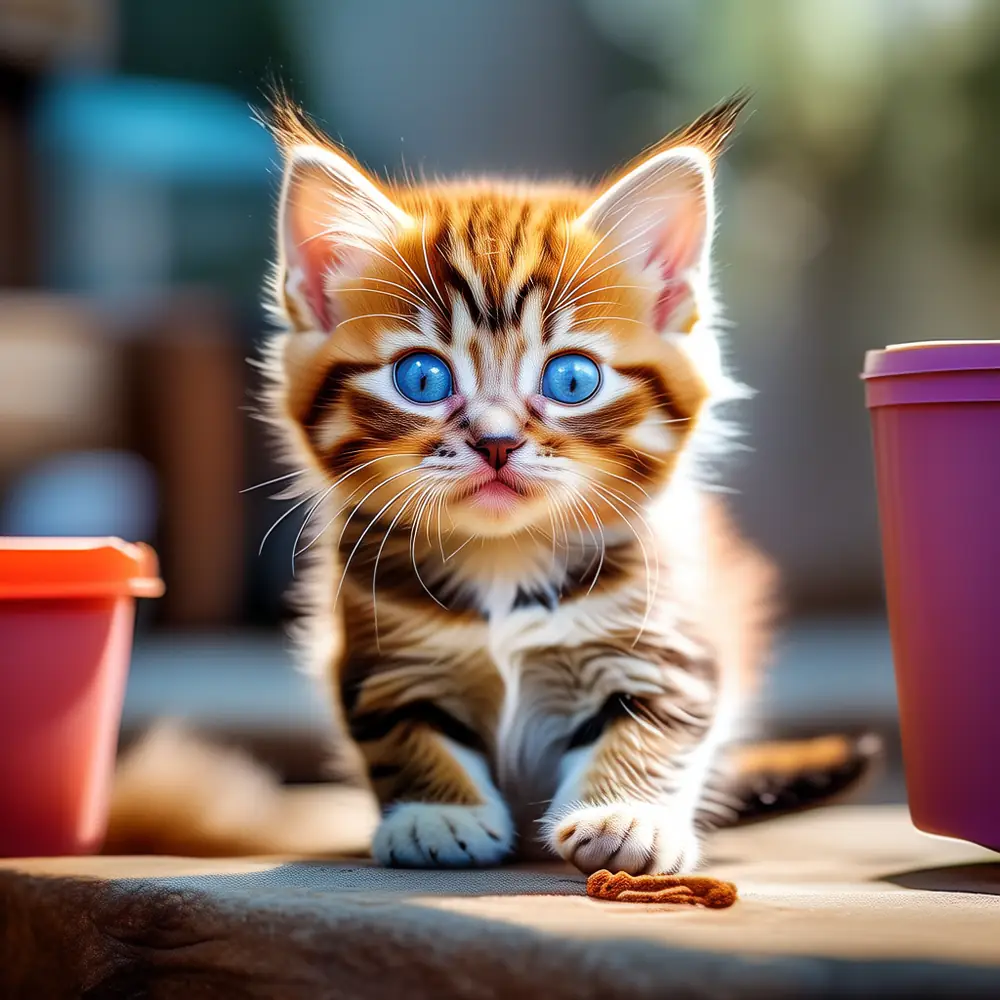Timing is Everything: Mastering Your Cat's Feeding Schedule
As a cat owner, you know that your feline friend’s well-being is closely tied to their diet and feeding routine. A well-planned feeding schedule not only ensures your pet gets the right amount of nutrition but also helps in maintaining their overall health and happiness. Whether you have a kitten, an adult, or a senior cat, understanding and implementing a proper feeding schedule can make a world of difference.
First, consider your cat’s age and activity level. Kittens, for example, need more frequent meals to support their rapid growth and development. A general rule of thumb is to feed kittens 3-4 times a day until they are about 6 months old. For adult cats, 2-3 meals a day is usually sufficient, while senior cats may benefit from smaller, more frequent meals to aid digestion. Always consult with your vet to tailor the schedule to your specific cat’s needs.
Next, consistency is key. Cats thrive on routine, so try to feed your pet at the same times each day. This not only helps regulate their digestive system but also reduces stress and anxiety. For instance, if you decide to feed your cat at 7 AM, 12 PM, and 5 PM, stick to these times as closely as possible. If you’re away during the day, consider using an automatic feeder to ensure your cat doesn’t miss a meal.
Portion control is another crucial aspect of a good feeding schedule. Overfeeding can lead to obesity, which is a common issue among domestic cats. Use the feeding guidelines on the cat food packaging as a starting point, but adjust based on your cat’s weight and activity level. For example, if your cat is gaining weight, reduce the portion size slightly and monitor their weight over the next few weeks. Conversely, if your cat is losing weight, you may need to increase the portion size or add an extra small meal.
One common mistake is to leave dry food out all day, thinking it’s convenient and keeps the cat from going hungry. While this might seem like a good idea, it can lead to overeating and poor dietary habits. Instead, offer measured portions at specific times and remove any uneaten food after 20-30 minutes. This encourages your cat to eat when the food is available and prevents them from snacking throughout the day.
- Consult your vet to determine the best feeding frequency and portion sizes for your cat.
- Maintain a consistent feeding schedule to help regulate your cat’s digestive system.
- Use automatic feeders if you’re unable to feed your cat at the same times every day.
- Monitor your cat’s weight and adjust portion sizes as needed.
- Avoid leaving dry food out all day to prevent overeating and poor dietary habits.
By following these tips, you can create a feeding schedule that keeps your feline friend healthy, happy, and well-nourished. Remember, a little planning goes a long way in ensuring your cat’s well-being.
